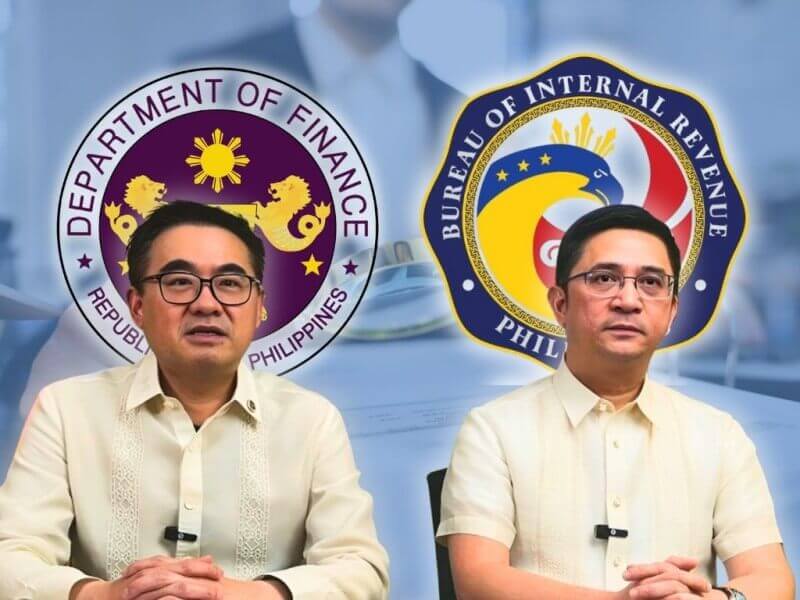Monday, 15 December 2025
5 days ago
INSIDER VIEW | Modernizing National Defense through strategic PPPs
By: Alberto Agra
The evolving security landscape—and the modernization agenda of the Department of National Defense (DND) and Armed Forces of the Philippines (AFP)—show that defense institutions can also harness PPPs to strengthen readiness, improve facilities, and optimize resources, all without privatizing core military functions.

2 Dec 2025
4:16PM
INSIDER VIEW | Enhancing results through co-grantorship in PPPs
By: Alberto Agra
Co-grantorship— or inter-agency arrangements in Public-Private Partnerships (PPPs) — has emerged as a strategic approach to infrastructure and service delivery, allowing two or more public entities to jointly participate as grantors in a single PPP project.

28 Nov 2025
3:47PM
INSIDER VIEW I 2026: A Dark Knight year—And why business owners must choose to rise
Ovialand CEO Pammy Olivares-Vital says that 2026 will test entrepreneurs not through growth, but through grit.

26 Nov 2025
10:33AM
Business groups back reforms to ease tax audits and boost fairness
Two of the country’s largest business organizations expressed strong support for the Department of Finance and the Bureau of Internal Revenue following the suspension of all field audits and related enforcement actions under Revenue Memorandum Circular RMC 107-2025.

24 Nov 2025
5:02PM
INSIDER VIEW | Choosing the right PPP framework
By: Alberto Agra
Public-Private Partnerships (PPPs) in the Philippines continue to expand as the government and the private sector explore more sustainable and innovative models for development.

14 Nov 2025
10:52AM
INSIDER VIEW | Preventing corruption in PPPs
By: Alberto Agra
Public–Private Partnerships (PPPs) are meant to improve the lives of Filipinos—the very purpose of all government projects. PPPs unite public purpose and private innovation to accelerate infrastructure development and service delivery based on performance.

13 Nov 2025
9:50AM
Lucio Tan-backed LTP hires nearly 1,000 even as NAIA rent surges, raising pullout doubts
By: Miguel R. Camus
Taipan Lucio Tan-backed Lufthansa Technik Philippines (LTP) is hiring workers like it plans to stay, adding nearly 1,000 employees over the past year despite facing an 11-fold jump in updated rent costs.

SMC’s Ang: Lufthansa Technik Philippines’ bid for NAIA lease relief rests with gov’t
16 Sep 2025
5:41PM
NAIA’s 25-year lease reset puts pressure on Lucio Tan-Lufthansa venture with 3,000 workers
4 Apr 2025
5:23PM
INSIDER VIEW | Lufthansa Technik faces pricey NAIA lease renewal: Justified or not?
21 Mar 2025
7:11AM
11 Nov 2025
9:46AM
INSIDER VIEW | Mining and media in the wake of a typhoon
Following Typhoon Tino's onslaught, social media again filled with posts blaming the mining industry for the growing severity of natural calamities.

10 Nov 2025
10:05AM
INSIDER VIEW | Are consumers paying twice for green energy?
I have always opposed asking consumers to shoulder for the subsidies for renewable energy (RE) generators. Today, in the Philippine renewable energy debate, a critical concern has emerged: consumers may be paying twice for the energy delivered by developers.









